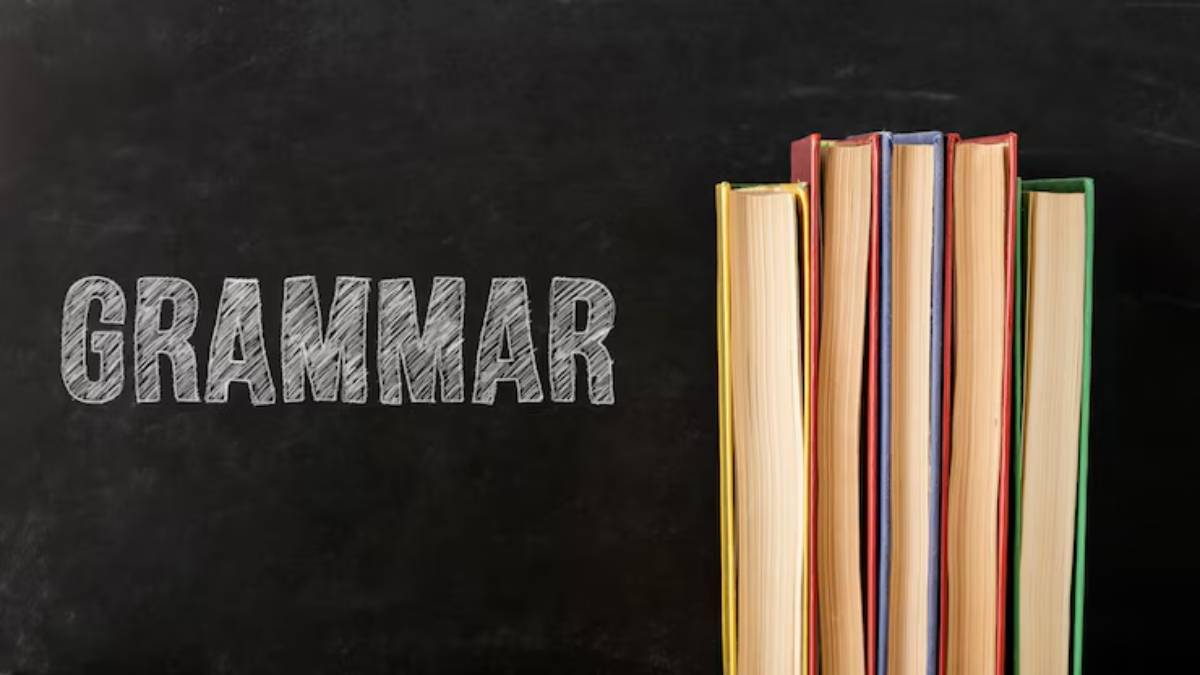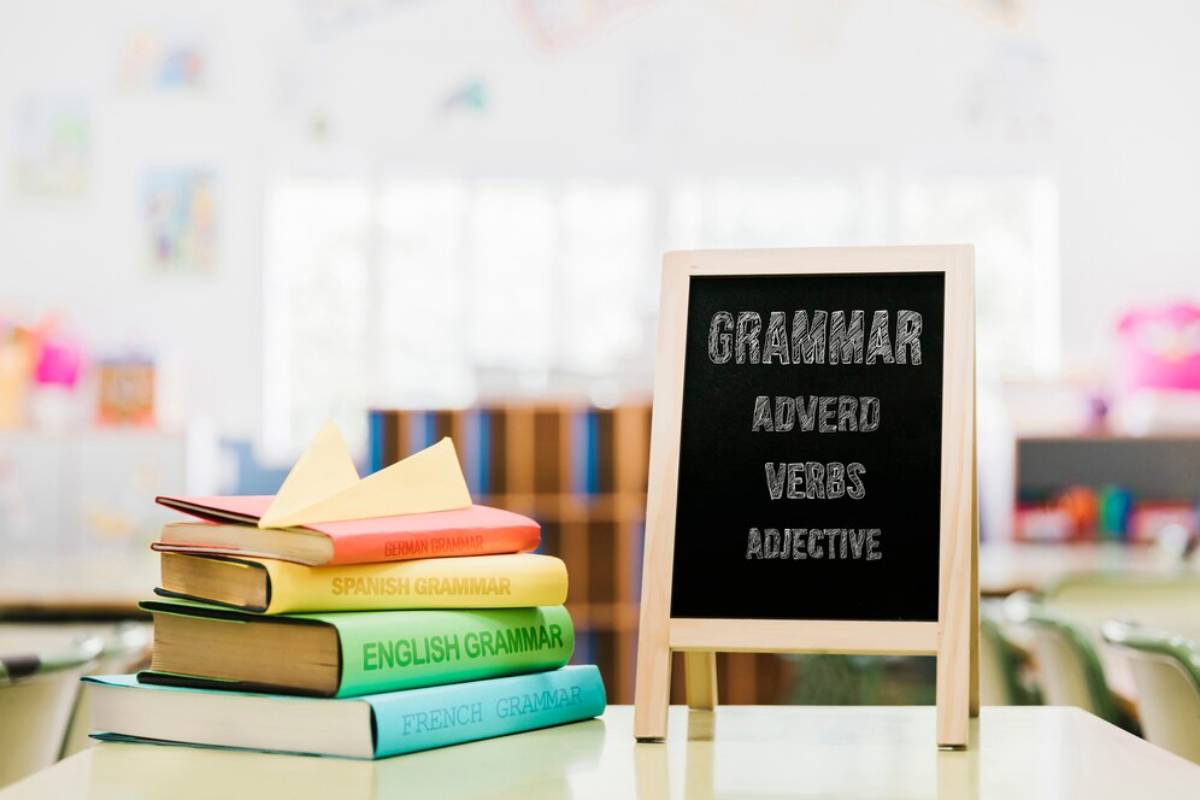
Advanced Techniques to Retain Complex Grammar Rules
You’ve nailed vocabulary flashcards and mastered greetings. But when it comes to grammar, especially the more complex stuff, everything seems to unravel.
Sound familiar?
Learning complex grammar can be tough. Irregular conjugations, odd word order, and self-contradicting rules make it feel like a constant struggle. Yet it’s essential for speaking confidently and clearly in any language.
The good news? You don’t have to memorise massive rulebooks or get lost in grammar jargon. Use these strategies to master tough grammar rules: grammar memory tricks, visual frameworks, and advanced recall exercises. They help you remember better and make learning stick.
In this article, you’ll discover science-based methods and useful habits. These will help you master complex grammar. You’ll feel fluent, not frustrated.
Why Grammar Is So Hard to Remember
Grammar rules aren’t just facts; they are systems of logic. They contain exceptions and abstract ideas. Unlike vocabulary, grammar doesn’t always offer obvious cues or pictures.
Common struggles include:
- Remembering case endings or article usage
- Mastering verb tenses and moods (like subjunctive or conditional)
- Handling irregularities or rule exceptions
- Applying rules accurately while speaking quickly
But the brain loves patterns, visuals, and repetition — all of which we’ll use to your advantage.
1. Use Colour-Coded Grammar Maps
Visual learning taps into how your brain processes and recalls information.
How it works:
- Assign different colours to grammar categories (e.g. red = past tense, blue = conditional)
- Create grammar “maps” or flowcharts that connect related rules
- Use highlighters while reading or writing in your target language. They help you see grammar structures in action.
A German learner could colour masculine nouns blue, feminine nouns red, and neuter nouns green. Suddenly, gender rules become easier to track.
2. Build Mnemonics for Grammar Patterns
Just like vocab mnemonics, you can use memory hooks to recall grammar patterns.
Try this:
- Create acronyms for conjugation endings (e.g. “AEST” = -ar verb endings in Spanish present tense)
- Make rhymes or rhythmic chants to internalise the rules
- Use imagery for rules. For example, picture a “past tense police officer” who only lets verbs ending in “-ed” into the sentence club.
Make it silly. The weirder the image, the longer it’ll stick.
Learn how creative memory tools can help with Mnemonics and Language Learning.
3. Use Grammar in Personalised Sentences

Don’t study grammar in isolation. Use it. Write it. Speak it.
Method:
- Take one complex rule and write 3–5 personal sentences with it
- Change sentence elements while keeping the grammar constant
- Speak the sentences aloud or record them as voice notes
Example: Learning the Spanish subjunctive?
Try:
- “Quiero que tú vengas a la fiesta.”
- “Espero que él tenga tiempo.”
- “Es importante que estudiemos cada día.”
Each repetition reinforces structure and flexibility.
4. Teach the Rule to Someone Else
You don’t fully understand a concept until you can explain it to others. Teaching is one of the best advanced language recall methods available.
Try this:
- Pretend to explain a rule to a friend (or even your pet)
- Record a short grammar “tutorial” in your own words
- Write a blog or journal entry summarising how the rule works
You’ll quickly notice the gaps in your understanding and fill them as you clarify the rule for someone else.
5. Use Cloze Deletion Cards in SRS Apps
You can use SRS (Spaced Repetition Software) like Anki or Brainscape for grammar learning.
Instead of flashcards with full questions, use cloze deletions — fill-in-the-blank cards for grammar.
Examples:
- “If I ___ (be) taller, I would reach the shelf.”
- “He has never ___ (eat) sushi.”
- “Ich ___ (gehen) gestern ins Kino.” (German)
These force active recall and strengthen grammatical instincts.
6. Learn One Rule, Use It Ten Ways
Grammar learning is often a struggle. We try to learn too much at once. It’s better to focus deeply on one thing at a time.
Instead:
- Pick one rule per day or week
- Use it in reading, writing, speaking, and listening
- Create example sentences with different subjects, objects, and verbs
This depth-over-breadth approach leads to better internalisation.
7. Apply the Rule in Real-Time Conversations
Conversation is the final test of retention. It challenges you to apply rules on the fly — even if you mess up.
Strategies:
- Choose one complex rule to focus on during a language exchange
- Tell your partner: “Correct me if I misuse [specific rule]”
- Reflect after the chat: where did the rule flow naturally, and where did it break?
Speaking with intention accelerates grammar mastery.
8. Highlight Grammar While Reading

Reading is a goldmine for grammar — if you engage with it consciously.
Try this:
- Read short paragraphs in your target language
- Highlight examples of the grammar rule you’re learning
- Copy sentences into your journal with translations and breakdowns
This builds your internal grammar “database” through exposure.
9. Record and Transcribe Yourself
Recording yourself helps spot where your grammar breaks down — and where it holds.
Method:
- Pick a topic and speak for 1–2 minutes
- Transcribe what you said
- Identify grammar errors and rewrite the sentences correctly
This process helps bridge the gap between passive knowledge and active fluency.
10. Shadow Native Grammar Structures
Shadowing means listening to a native speaker and repeating what they say right away. You copy their rhythm, tone, and structure.
This trains your muscle memory for grammar, even when you don’t consciously “study” it.
How to start:
- Choose short, grammatically rich dialogues
- Listen to 1–2 sentences at a time and repeat immediately
- Focus on sentence structure, not just vocabulary
Master this with the Shadowing Technique and Sound Like a Native Speaker Fast.
Common Mistakes to Avoid
- Memorising rules without using them
- Learning too many rules at once
- Avoiding grammar in speech out of fear
- Neglecting review and reinforcement
- Skipping reflection on mistakes
The trick isn’t perfection — it’s progressive application.
Conclusion: Make Complex Grammar Click
Grammar doesn’t have to be dry, dull, or dreaded. With the right tools and mindset, you can turn grammar confusion into clarity. Use colour-coded maps, mnemonics, conversation drills, and cloze cards to help.
The more you see it, use it, and teach it, the more natural it becomes. So pick a tricky rule this week. Get curious. Break it down. Play with it. And remember: grammar isn’t your enemy — it’s your fluency framework.
Learn it, use it, and soon enough, you’ll own it.


